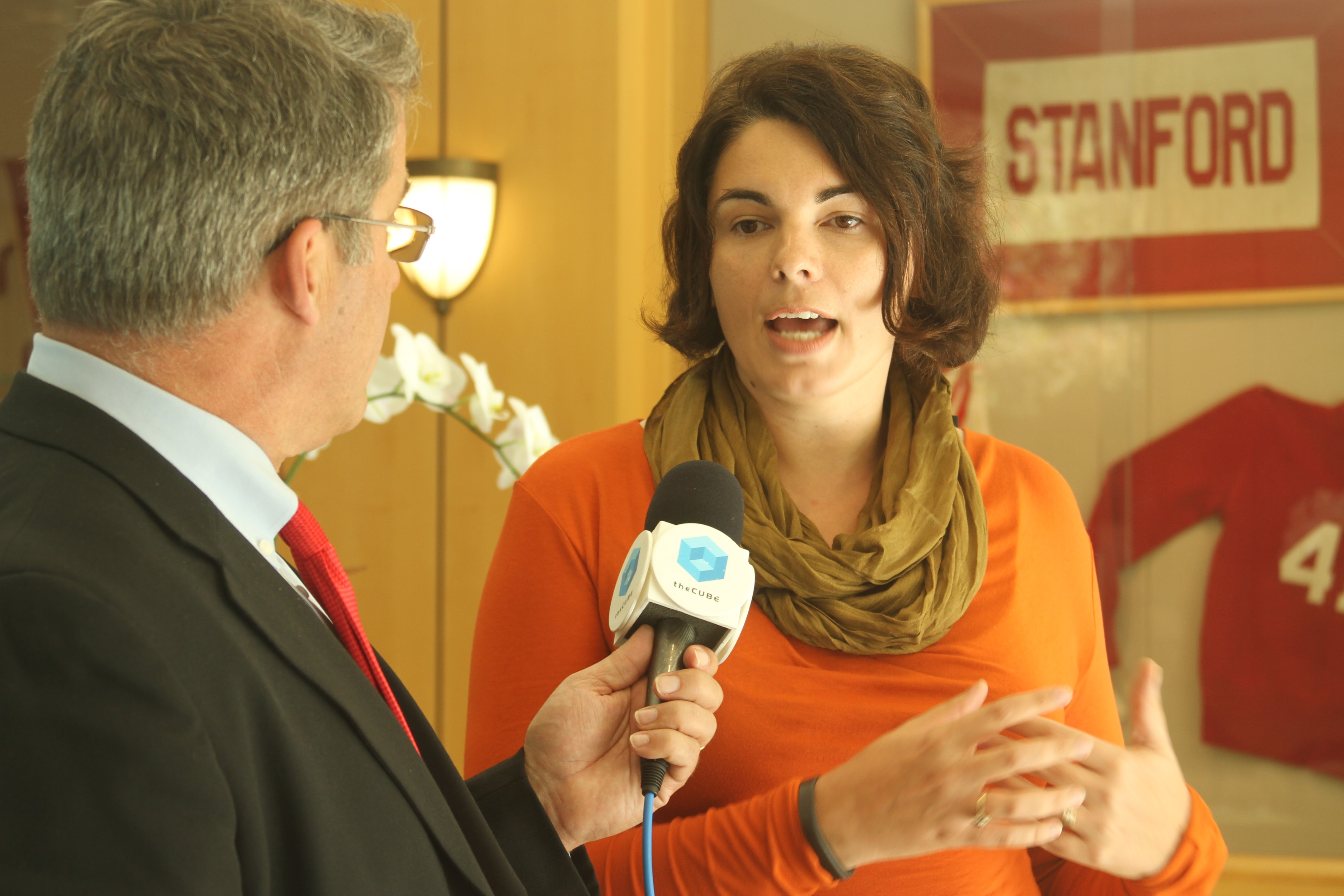 NEWS
NEWS
 NEWS
NEWS
 NEWS
NEWS
Working in the real world of data science is much different from studying it. Moreover, working as a data scientist in the industry doesn’t always mean the big picture is clear. Working with an independent advisor can expose and rectify these issues.
Monica Rogati, a data science advisor for Insight Data Science, spoke with Jeff Frick, cohost of theCUBE, from the SiliconANGLE Media team, at the Women in Data Science Conference, held at Stanford University, about advice she provides for academia and business clients.
Rogati’s advice for academia to produce better data scientists is to create project-based learning courses. “Having real data, real projects, having to deal with messy data … being data detectives, I feel can contribute to preparing data scientists for the industry,” explained Rogati.
Acknowledging that there are many trade-offs when it comes to algorithm selections, Rogati’s preference is to bring new, fresh signals into your problem and consider other data to collect. She feels this will make the result and experience better. “Sometimes that can have a much bigger impact compared to your algorithm selection,” she said. “This is something we would like to see coming out of academia.”
Generally, students are handed data and required to stay within certain boundaries. Rogati clarified that when working in data science it is crucial to think outside the box and to determine what other signals apply. She noted that some people consider this cheating. However, she asserted that this is the right way to solve a problem.
When Rogati advises clients where to begin with data, her recommendation is to think about the impact data will have on their business and to access the effort going into the project. Ideally, it is important to establish the best return on investment for the business.
She said that data scientists are usually excited about new methods and tend to focus on the latest technology and techniques, but they need to put it into perspective and work toward the ultimate goal. The key to starting a project is the ability to record data and anticipate eventual use cases.
When asked about the challenge of implementing change on the client level, she said, “It is necessary to show value through a careful choice of metrics, and then a lot of people come on board and understand data science.”
Watch the full interview below, and be sure to check out more of SiliconANGLE and theCUBE’s coverage of Women in Data Science 2015.
Support our mission to keep content open and free by engaging with theCUBE community. Join theCUBE’s Alumni Trust Network, where technology leaders connect, share intelligence and create opportunities.
Founded by tech visionaries John Furrier and Dave Vellante, SiliconANGLE Media has built a dynamic ecosystem of industry-leading digital media brands that reach 15+ million elite tech professionals. Our new proprietary theCUBE AI Video Cloud is breaking ground in audience interaction, leveraging theCUBEai.com neural network to help technology companies make data-driven decisions and stay at the forefront of industry conversations.